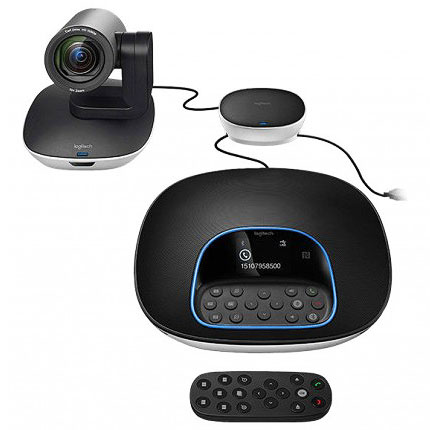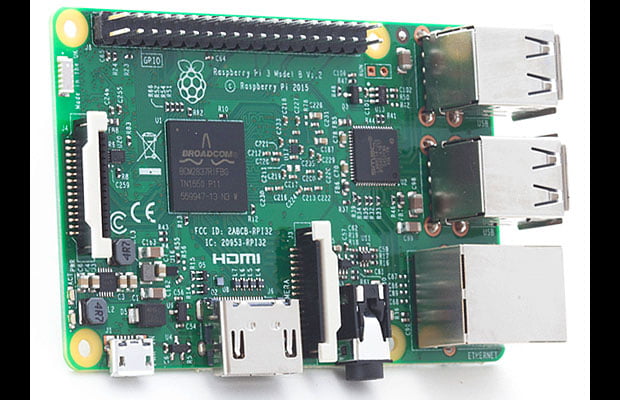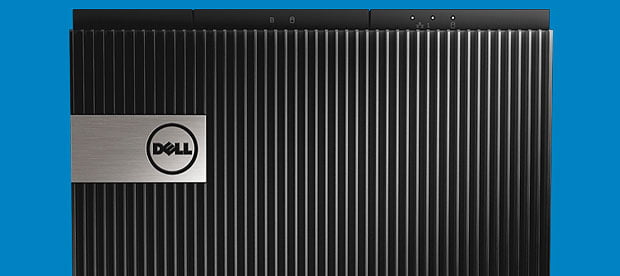

Anyone who went to business school recognizes the basic tenet that you use marketing to build demand in order to sell products. Through the 1990s, there was impressive marketing surrounding laptops — Intel’s iconic Bunny People come to mind. Apple aggressively marketed this class, as did Microsoft, and it seemed every other brand on TV was trying to convince us we needed a new PC.
PC marketing dropped off a cliff in the last decade, and when the iPad launched with a powerful Apple campaign it nearly took out the PC at the knees. That was not because it was better than a PC, but because folks got more excited about buying a tablet. What happened in the 1990s that killed PC marketing?
I think it was Google that drove the margins out of both PCs and tablets, effectively removing the marketing budgets and destroying the demand generation for the segment. Ironically Google pretty much owns Internet marketing, and it gives Android to many of the PC OEMs that don’t realize they are consuming the poison that is killing them.
I’ll explain and then close with my product of the week: a new video conferencing system from Logitech.
Marketing 101
One of the big problems that emerged in the last decade was the elimination of strong marketing talent from most technology companies. It seemed most pronounced in firms like Google and Facebook. Ironically, they made the majority of their income from marketing, but seemed to act like it was some kind of embarrassing illicit substance.
Google, in particular, seemed to distance itself from marketing, and it argued that engineers should do every job in the firm, regardless of the skills required. That likely speaks to why most of its efforts, following its buildup of core revenues from ad sales, haven’t been very successful financially.
Google simply doesn’t understand either the process or need to generate demand, but since it gives away most of its offerings for free, that doesn’t seem to have a huge adverse impact.
Tech Marketing Decline
When Google enters a segment, it tends to enter at very aggressive price points — often free — and that means even if it understood marketing, it would have no product budget to pay for it.
However, while Google’s aggressive downward pressure on PC prices (Chromebooks), tablets and smartphones (Android) has given it beachheads in all of those markets, it also has resulted in very aggressive pricing by other PC and OEM companies. Even Apple is feeling the financial pain, and clearly has cut back on its own spending.
As a result, there isn’t any money left over to build demand for products, and — surprise — that demand appears to be in decline, along with related revenues. Google took what effectively was a very profitable segment and almost singlehandedly made it far less profitable.
When revenues and profits fall, firms cut marketing. When marketing is cut, demand falls, cutting revenues and profits. In short, the result often becomes a death spiral.
As you watch TV tonight, just count the number of car ads, consumable product ads (beer, for instance), cosmetic ads, food ads, service ads and toy ads you see. Well, you can save a lot of effort if you count only PC and tablet ads. It should be pretty easy, because chances are good that the total number will be zero.
People have a fixed amount of money they can spend on things that are discretionary, and if they are being convinced to buy new cars, motorcycles, appliances, TVs and jewelry — plus refresh their smartphones regularly — they won’t have a ton of money for things that they aren’t being convinced they should buy or replace.
The Absolute Irony
Here is the absolute irony: Google doesn’t make money from selling tablets, smartphones or Chromebooks. It makes money selling ads, and using its products to kill profits and marketing dollars results in fewer ads being purchased.
That means Google’s impressive efforts to kill off anything that doesn’t run Android or Chrome are having an adverse near-term impact on the company’s overall ad revenue and its own bottom line.
If people stopped using laptops and tablets tomorrow, Google would take a massive ad revenue hit, because phone conversion rates generally are far lower than PC or tablet conversion rates, and the ads on these legacy products thus should be more valuable to Google.
Yes, Google is causing a lot of revenue and profit drag for both Apple and Microsoft, but it also is hurting its own interests, which makes this look like a less-than-intelligent strategy.
Wrapping Up
The reason behind the slowdown in tablets and PCs is a massive reduction in marketing for these two classes of products, a direct result of the price war Google started.
However, as Google cripples these other tech companies, that means they have less money to use for marketing — and Google’s revenue and profit comes from marketing. Therefore, while Google clearly is doing a lot of damage to the competition, it also is paying for that damage in lost ad revenue, and effectively shooting itself in the foot.
In the end, the decline in PC and tablet sales may be related to a decline in demand generation for those segments, which is tied directly to a massive reduction in pricing that came with Google’s entry into those markets.
Given that Google makes its money from ads, this may be one of the stupidest things it has ever done historically. Worse, supporting Google might turn out to be the dumbest thing the industry collectively has done.
Ironically — or prophetically, depending on how you look at this — only Steve Jobs seemed to get this early on, and he is no longer with us.
Something to noodle on this week.
I’ve been following video conferencing ever since the late 1980s, when my organization within IBM participated with Apple in a joint study on the latest technology. The study concluded that folks wouldn’t use it.
Since then, I’ve watched company after company try to launch breakout products, with the most spectacular failures coming from Intel and HP. Over time, products in this category have gotten a ton cheaper.
I have one of Logitech’s older integrated systems in my home, mostly for doing remote video interviews (it works surprisingly well).
Logitech’s latest offering, the Group, emulates higher-end systems. It comes with HD capability, and is priced between US$999.99 and $1,250 depending on configuration.
What makes Logitech’s solutions stand out, other than value, is that they use common communications platforms like Skype, so they are really easy to use, and they are designed to be easy to set up and move.

This latest system consists of a conference control station with speakerphone, optional remote microphones, a remote control, a pan and zoom high-quality HD camera, and a central hub. Setup should take less than 15 minutes.
It is certified for Skype for Business, Lync, Cisco Jabber and WebEx. You do need to connect it to a PC, which will run the conferencing products native, and you’ll likely want to connect the PC to a big screen HD TV, so you can see the folks you are talking to.
In the end, if you want a low cost, high-performance system that rivals those costing thousands more, it is worth checking out Logitech’s Group — my product of the week.
[Source:- Tech News World]






